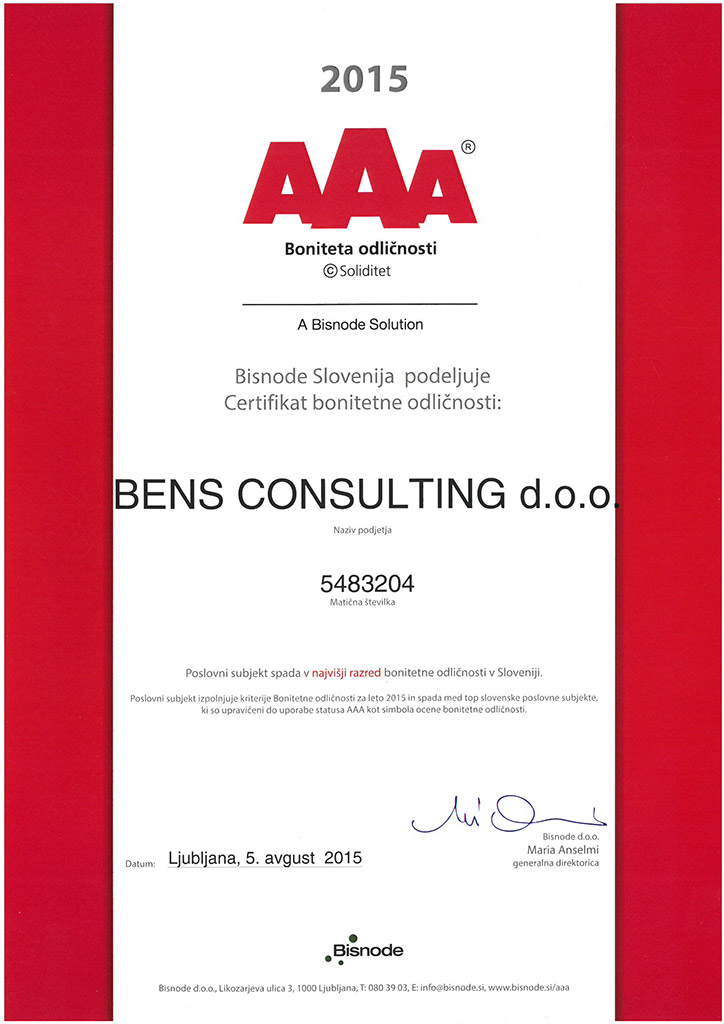Imagine the following situation.
A child finds a hazardous chemical and consumes it. The parents take the child immediately to the doctor and show him the packaging of the chemical that their child consumed. The doctor tries to read information from the label about which hazardous substances are in the chemical in order to decide on appropriate treatment.
And there he hits a wall.
The label doesn't contain all the necessary information for an efficient and correct response. So, the search for an appropriate safety data sheet (SDS) begins. There are two scenarios possible after getting the SDS.
The first scenario is the ideal one, where everything turns out just as we want it.
The trade name and the contents on the chemical's label match the trade name on the SDS. The trade name is the same as in the ISK system (Slovene IT system for chemicals), where the chemical has been notified. In this case, the doctor or toxicologists would know immediately which chemical they are dealing with.
Now, it’s true that you don’t have a 100% composition written in the SDS, but the hazardous substances are all listed there. The doctor can read all LD values (lethal dose) from the document, enabling him to make a hazard assessment (what quantity of the consumed hazardous substance is harmful or even lethal for people). This hazard assessment is then the basis for appropriate actions.
But, what if things don't go that smoothly (as is, to be honest, quite often the case in real world)?
Let's say that the label data differ from the data in the SDS. Or that the name on the label differs from the name in the SDS. What name should we use for our search in the ISK system and what should we do if no name is entered in the system?
In any case, the flow and accessibility of the correct information are not ensured. The current ISK system of data notification only provides solutions in the described ideal scenario. Unfortunately, such a scenario is very rare in practice. And even in such a case, a lot of knowledge and more time are required to make the assessment of hazards and actions.
Therefore, the CLP Regulation stipulates the UFI code (you can read more about this code in this article), which overcomes the limitations mentioned. Besides the trade name, one of the mandatory elements on the label will be the UFI code.
The UFI code enables professional staff (such as doctors and toxicologists) to have immediate access to the right information. This ensures immediate and appropriate medical assistance in emergencies.
Let's take a look at what the indication of the UFI code would mean for the situation described at the start of this article.
The doctor would send the competent poison centre the UFI code indicated on the packaging. The poison centre would have access to the Poison Centre Notification (PCN) and would quickly provide the necessary information for appropriate actions. This enables the flow of the right information and appropriate actions in critical moments.





 Back to posts
Back to posts

